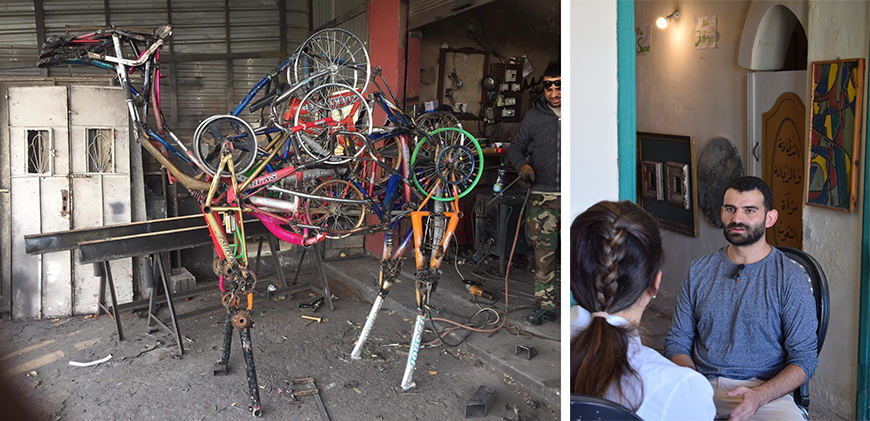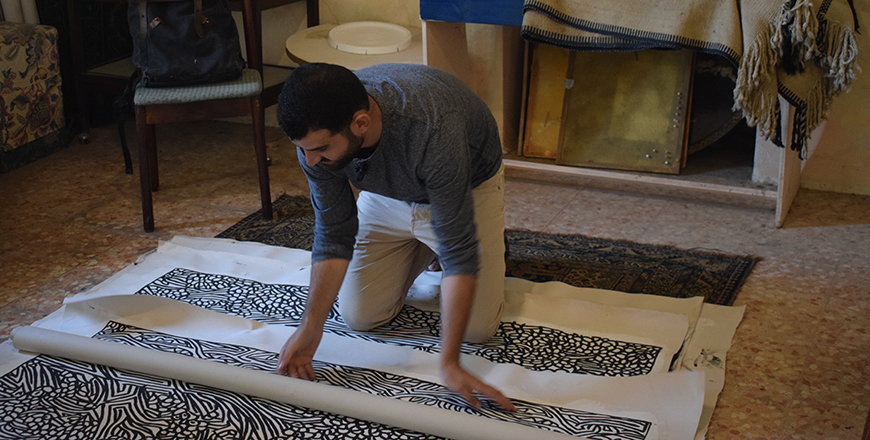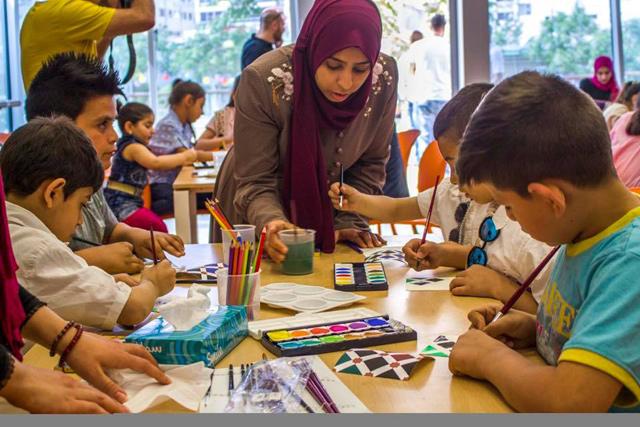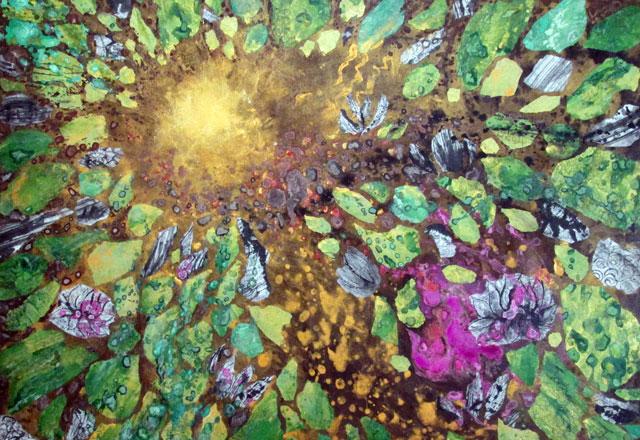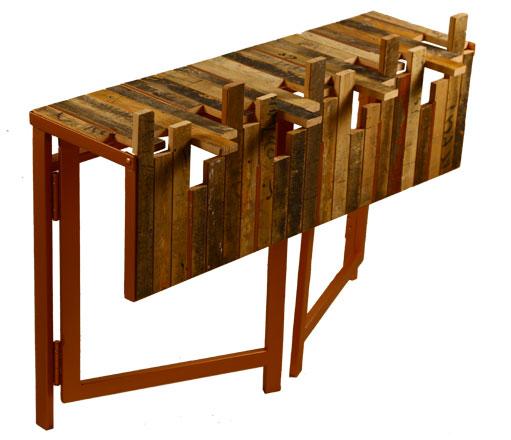AMMAN — A young Jordanian artist based in Amman, renowned for his innovative approach to art through recycling, transforms discarded materials into captivating pieces that reflect both creativity and environmental consciousness.
Yassir Omari’s work not only showcases his artistic talent but also serves as a powerful statement about the potential of repurposing waste. Omari not only has a collection of work centred on recycling but also creates pieces inspired primarily by plants, showcasing detailed patterns on fabric.
His artistic approach is characterised by a spirit of experimentation, as he does not limit himself to painting alone. In addition to his textile work, he designs jewellery, further demonstrating his versatility and creativity in various mediums.
When it comes to recycling his sculptures and installations invite viewers to reconsider the value of materials often deemed useless. Through his unique creations, Omari aims to inspire others to embrace recycling as a lifestyle and to recognise the beauty in the overlooked.
For Omari, recycling transcends mere practice; it embodies a philosophy of living. Initially, the concept was viewed as a form of art, a creative expression.
“While working at a company, inspiration struck from the office waste around me. I began recycling the waste, transforming them into unique pieces of art, ” Omari said.
However, after meeting Mamdouh Bisharat, his perspective shifted. Omari started to approach recycling as a fundamental lifestyle.
Bisharat practises recycling in many ways, for example in water conservation through the reuse of water for irrigation, planting organic vegetables in his garden, and transforming scraps and discarded materials into captivating pieces of art. Omari was inspired to embrace recycling as a lifestyle.
Regarding the materials he uses in his artwork, Omari told The Jordan Times that he repurposes items such as wood, metal, and fabric. He emphasised the challenge of identifying objects that cannot be reused, reflecting his commitment to sustainability and creativity.
“It is important to recognise that items in their current state cannot be recycled if they remain usable,” he stressed. Every piece of art created carries a distinct theme. One notable work is a sculpture of Amman, crafted from wooden sticks that once held election signs.
The upward orientation of the wood, paired with a chair at the base, symbolises the importance of participating in the nation’s progress through informed choices. Another sculpture, an eight metres long grasshopper, was made from scraps of a Toyota vehicle.
This piece serves as a reminder of the underestimated power of small entities, particularly insects. The green colour enhances its visual impact and makes it more friendly for the children’s museum.
The camel sculpture is a unique piece of art constructed from old bicycle parts and painted white. This creation symbolises endurance, drawing parallels between bicycles and camels, both of which thrive in challenging environments.
Looking ahead, plans are underway for a collaborative project with the Greater Amman Municipality (GAM) to establish a monument in the capital. Omari is supported by a team of skilled technicians, whose contributions are invaluable.
“Seek inspiration beyond traditional art forms. External knowledge fosters originality and enriches creativity, leading to unique artistic expressions,” Omari advises other artists.
